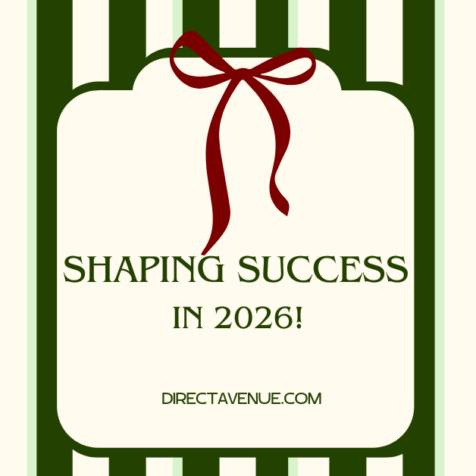Reaching The Next Generation of Donors

One of the biggest challenges facing nonprofit organizations has been the age of donors. With an average age of 75 years, this has limited charities’ ability to grow and scale. Targeting older audiences has lent itself to certain channels such as email and direct mail, but since the emerging groups of donors are skewing younger, are you using the right strategies to effectively reach your audience?
As with all successful marketing campaigns, understanding the customer is key. What has changed in recent years is the profile of the newer donors. Men and married couples have increased their share of donations. Millennials are giving more than ever before, and Gen Z has now entered the world of nonprofits. As this group ages into becoming eligible donors, they are considered to be the most socially conscious generation yet.
So, what’s in and what’s out?
Younger audiences today are more likely to consume media digitally than through traditional channels. Social media has long performed well, with Instagram and TikTok leading the way, and LinkedIn serving as an effective way to reach an educated, high-earning group. But is this enough, and how can you diversify your portfolio and provide content that is personalized to each consumer cohort?
Understanding the customer segments and sending personally relevant content is key to getting consumers to respond. The category is prolific with noise, with consumers spending an average of 12 hours a day consuming media across various platforms, including TV, radio, Smartphone, and computers.1 Breaking through requires a strategy to ensure your nonprofit voice is heard above the rest.
In today’s rapidly changing landscape, nonprofit organizations are leveraging connected TV (CTV) as a valuable tool to spread their message and acquire new donors. It offers many benefits, targeting a wide age group with a personalized message. Unlike many other forms of advertising, it targets people, and not media, through video. It is an excellent way to clearly and vividly tell your story and include social proof via testimonials. This personal and emotional connection with viewers will positively impact donations.
What’s more, the ad is served to the consumer in their time. As soon as they turn on their TV set and view their streaming platform, they get to see targeted content. It’s no surprise that many nonprofits, such as the World Wildlife Fund and UNICEF are already using this platform.
Since CTV is highly measurable with detailed metrics, it offers a way to profitably scale a campaign and meet ROI objectives. Additionally, it serves as an ideal retargeting mechanism that is capable of re-engaging lapsed donors.
The ability to reach large audiences with a high level of engagement allows a uniquely targeted approach to cohorts from 20 years – 65 years old, without being restricted by the new privacy regulations that will impact social platforms such as Facebook.
As nonprofits pursue meaningful and long-lasting connections with donors, CTV is a game changing tool in reaching new audiences at scale.
- Nielsen. March, 2020
Nicky de la Salle is the Vice President of Growth at DirectAvenue. With more than 20 years of experience, including a decade at a “Big 6” global agency, in performance marketing and growth strategy, she is a proven senior leader with specializations in omni-channel marketing, eCommerce and digital marketing channels. Nicky has driven the performance marketing vision for Fortune 500, Entrepreneurs and Tech-Disrupters alike both in the US and internationally.
#leadgeneration #charities #donors #UNICEF #WorldWildlifeFund #globaltrends #economicoutlook #advertising #genz #nonprofit #nonprofitorganizations #millenials #video #socialmedia #instagram #tiktok #streaming #economy #ctv #ctvadvertising #videoadvertising #streamingtv #directavenue #tvconsumption #viewershiptrends #advertising #programmingtrends #brandresponse #performancemarketing #performanceadvertising #economicenvironment #brandpresence #emailcampaign #precisiontargeting #audienceresponse

